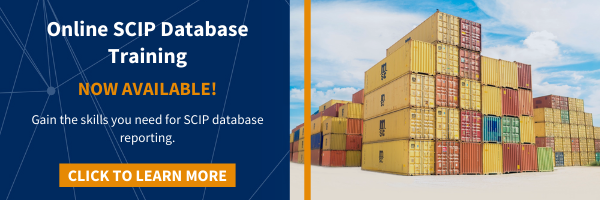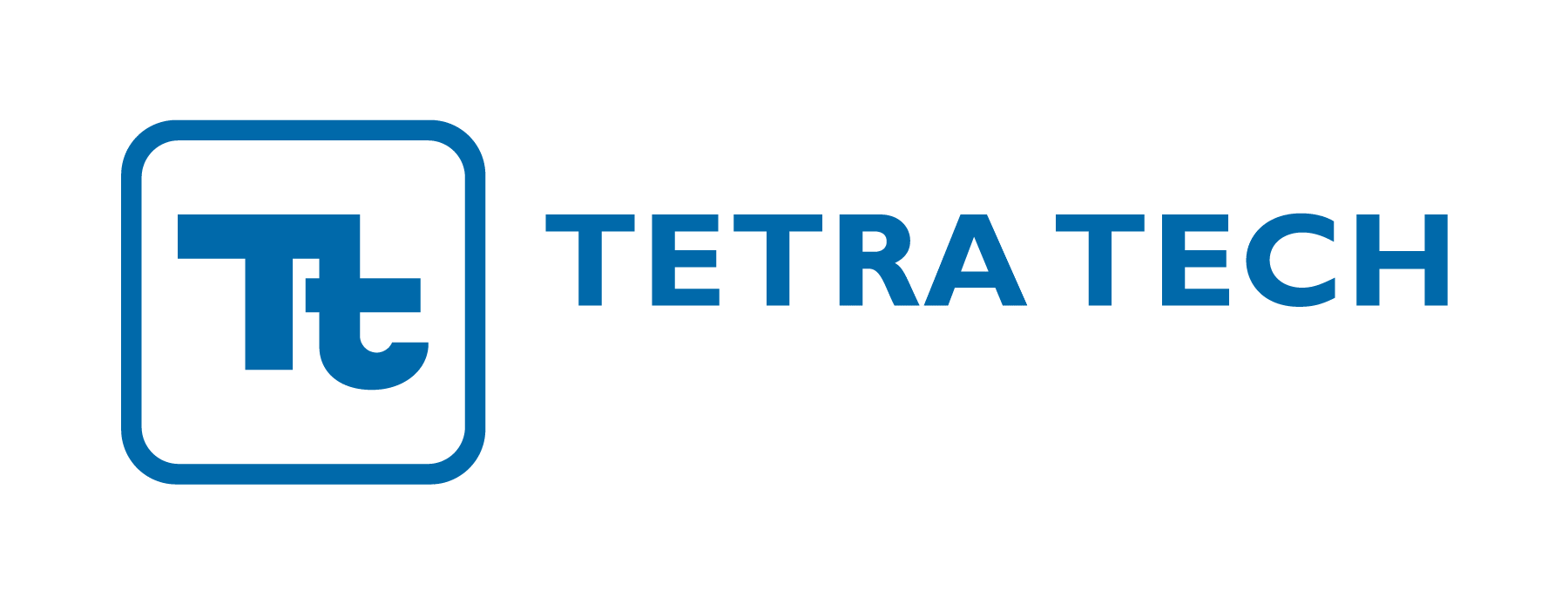Since January 2021, the Substances of Concern in Products (SCIP) Database has been required to retain access to EU markets. Put into place by the European Chemicals Agency (ECHA), the SCIP database requires hazardous substance data to be reported into a centralized database.
But this new requirement comes with many questions and uncertainties. How do you get started? What information must you report? Can you use data you’ve already collected? These SCIP frequently asked questions will help your company understand what it means to comply with SCIP and overcome roadblocks to reach efficient reporting.
SCIP FAQs
What is the SCIP database?
The SCIP database is a new requirement administered by ECHA that requires reporting Substances of Very High Concern (SVHC) in products. While reporting SVHCs has been required by REACH for years, the SCIP database introduces new and more detailed reporting requirements.
Why was the SCIP database implemented?
The SCIP database is a result of the European Union’s (EU) Waste Framework Directive (WFD), which has a goal of creating a circular economy by decreasing waste containing hazardous substances. By increasing the reporting transparency of substances in products, better decisions can be made for substituting SVHCs and handling them responsibly at their waste stage.
The SCIP database can help all segments of the supply chain understand the SVHCs within products and make choices to reduce the risks those SVHCs present to consumers and the environment.
Is the SCIP database different from REACH?
Yes. While the SCIP database uses REACH Candidate List substances, they are two separate reporting requirements. Fulfilling your REACH reporting obligations will not fulfill your SCIP requirements and vice versa.
Am I required to use the SCIP database?
If you produce products within the EU or import products into the EU, you will likely need to use the SCIP database to report substances.
The SCIP database requires reporting of hazardous substances above 0.1% concentration in articles in products. REACH defines an article as “an object which during production is given a special shape, surface or design that determines its function to a greater degree than its chemical composition.”
While some EU countries are still working on transposing the WFD into law, many countries already require SCIP reporting. Using the SCIP database now will ultimately help you maintain access to EU markets into the future.
What substances and information must be reported in the SCIP database?
The list of hazardous substances that must be reported in the SCIP database comes from the REACH Candidate List.
Other information for articles is also required:
- Article name
- Primary article identifier such as a part number
- Article category
- Manufactured in EU entered as yes/no
- Characteristics and pictures
- Safe use instructions
- Complex object components
- Concern element information including Candidate List substance, concentration range, and material or mixture categories
What if I have proprietary information I need to protect?
SCIP is designed in a way where confidential business information (CBI) will be protected. SCIP will not disclose the link between the information that is submitted and the legal entity that submitted the information. These provisions should protect legitimate trade secrets by keeping the supply chain confidential.
Companies will also want to make sure they have removed identifying information in any of the additional fields required by SCIP, such as instructions and pictures.
How do I use the SCIP database?
To prepare data you will need to use the IUCLID software. You can use this online, through ECHA Cloud Services, or offline on your own computer.
To submit prepared data, you will use the ECHA Submission Portal online.
To use IUCLID online and to submit your data to the ECHA Submission Portal, your company will need an ECHA account.
Do I need SCIP training?
While not required, a SCIP training course can make your data entry more efficient and accurate, saving you time and money in the long-run.
Tetra Tech’s SCIP database training can help you get started with SCIP, navigate the system, and understand how to report most efficiently in your industry. It includes multiple quizzes to check your knowledge along the way, and provides and professional certification upon completion.
If I already have data in another database, can I use it for SCIP?
You likely already gather data for your products to comply with other standards. There are several ways to use this data to make your SCIP reporting easier.
One option is to use a system-to-system data transfer software that will allow companies to upload data directly into the SCIP database.
You can also use information you already have to easily input information into SCIP. For instance, if you work in automotive, you can use corresponding data fields from IMDS to input information into the SCIP database.
Our training includes modules on how to specifically use your current data to report in SCIP.
How do I comply with SCIP as a non-EU company exporting into the EU?
If you export goods into the EU, your EU importers will be required to comply with SCIP and will ask you to provide information needed to fulfill those requirements.
Only companies in the EU can report to ECHA using SCIP. Companies from other countries cannot access SCIP, but rather will be asked to supply information to their EU customers.
Get SCIP Database Support
For further SCIP database support, contact Tetra Tech’s SCIP experts at [email protected]. Our team can provide you with training, custom solutions and reporting management to ease your compliance burden and help you meet regulations with confidence.







